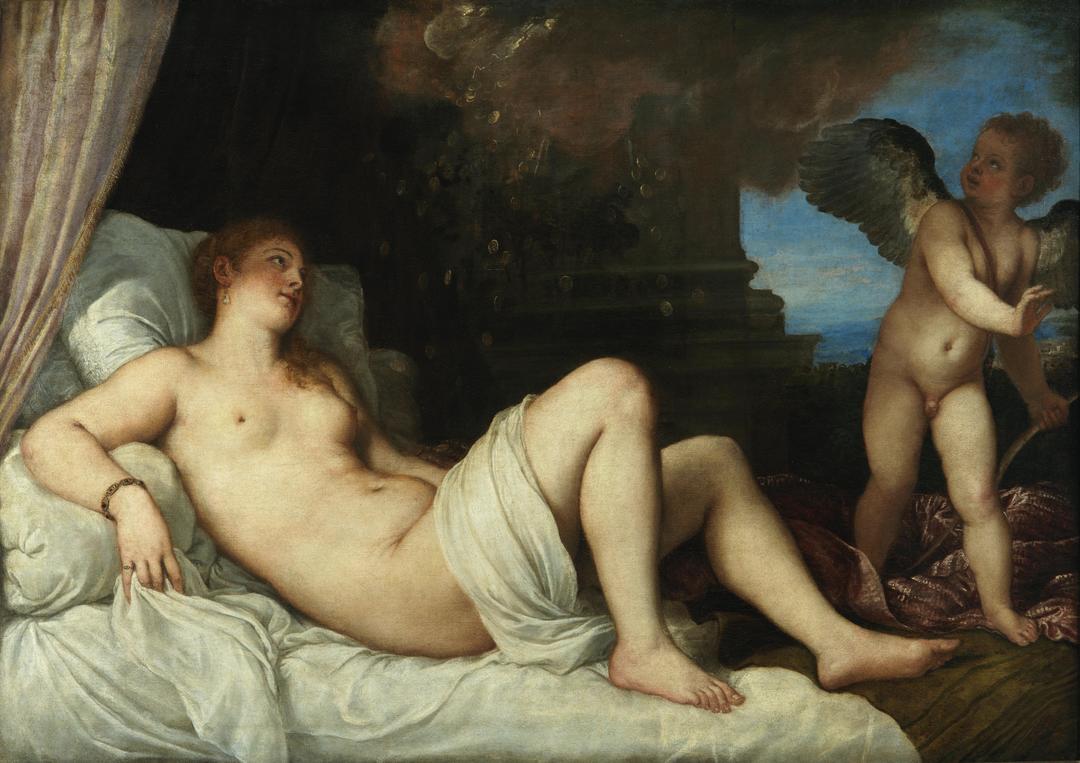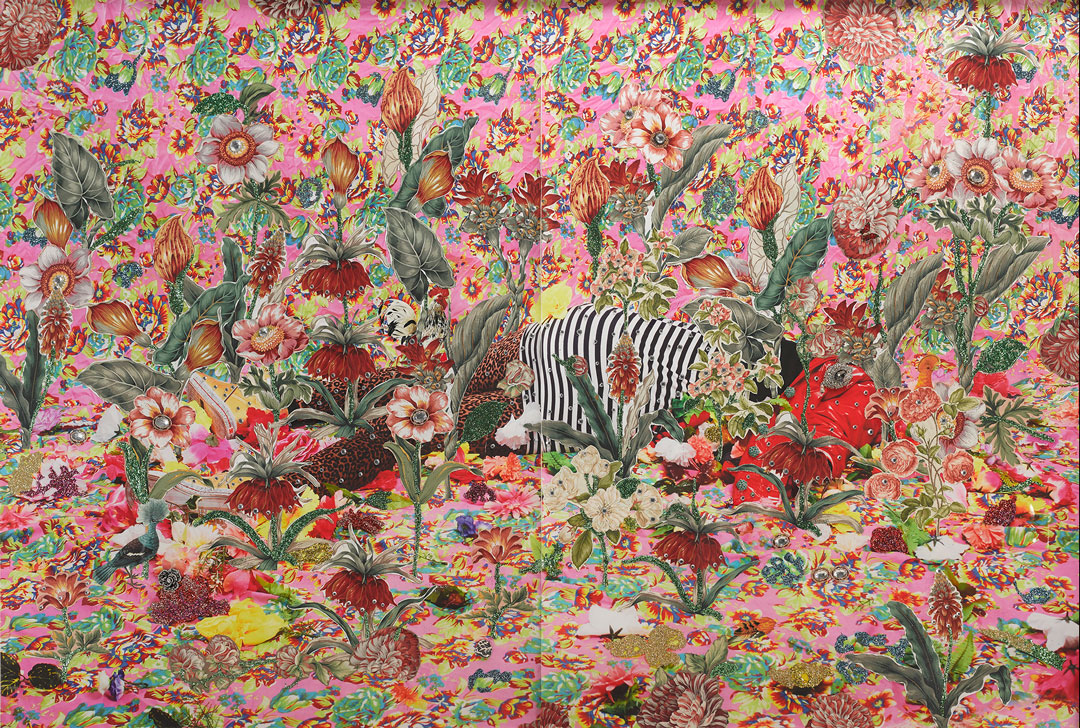Muse/News: Physicality at SAM, labs at the new Burke, and the wonder of Beverly Pepper
SAM News
Fall arts previews continue hitting newsstands! The New York Times and The Seattle Times both recommend our major fall exhibition, Flesh and Blood: Italian Masterpieces from the Capodimonte Museum.
“. . . physicality will be on full, glorious display at the Seattle Art Museum.”
Artnet and In Other Words released their findings and features on the representation of women in the art world. SAM was one of 26 prominent American museums to share data about their acquisitions and exhibitions. The takeaway? While all museums claim greater attention to women artists, “just 11 percent of all acquisitions and 14 percent of exhibitions over the past decade were of work by female artists.”
Local News
Don’t miss the Seattle Times’ full fall arts coverage—which recommends getting out of the house to experience art, with recommendations for music, theater, books, and more.
Crosscut’s Samantha Allen asks what’s lost when a city defined by its beloved neon signs makes the shift to LED.
Press got to visit the new Burke Museum recently. Seattle Met’s Stefan Milne wasn’t overly impressed with the mastodon and T-rex skulls, but loved the labs.
“All over the museum—sometimes behind glass, but also out in the open—you see people doing the actual work of keeping natural history and science alive.”
Inter/National News
Artsy is out with its “Vanguard” list for 2019, with their picks for artists who are “emerging,” “newly established,” and “getting their due”—including SAM favorites Jeffrey Gibson, Ebony G. Patterson, and Jacolby Satterwhite.
Here’s Artnet on a weathered oil painting depicting Saint Jerome that turned out to be by Anthony van Dyck. Art collector Albert B. Roberts picked it up at an auction for $600; it’s now on view at the Albany Institute of History & Art.
Megan O’Grady for the New York Times Style Magazine on Beverly Pepper, the sculptor whose Persephone Unbound and Perre’s Ventaglio III grace the Olympic Sculpture Park.
“Public art can sometimes feel ponderously corporate or impersonal, but the unroofed splendor of Pepper’s site-specific works can prompt unexpectedly potent encounters . . . They are framing devices for wonderment.”
And Finally
– Rachel Eggers, SAM Associate Director of Public Relations

